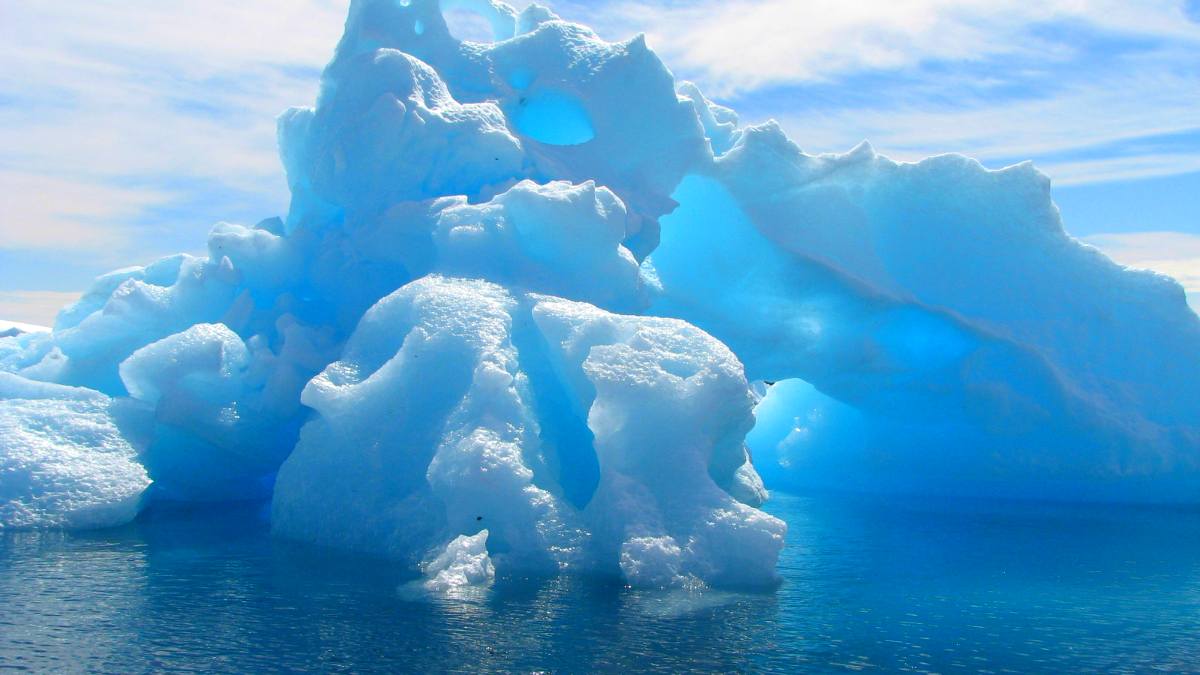Antarctica and the Arctic are two regions of Earth that share similar climates. Both Antarctica and the Arctic have a frozen climate, although they differ in their geographical location.
Antarctica is located south of the equator, while the Arctic is located north of the equator. The two regions, aside from their geographic positions, also differ greatly in a wide range of other categories.
So what is the difference between the Arctic and Antarctica? Let’s find out.
Arctic and Antarctic differences
The main distinction between the Arctic and Antarctica is that they are, in fact, located at opposite polar ends of the world.
What is the difference between vegan and vegetarian?
The Arctic is located at the North Pole, while the South Pole is in Antarctica.
Another significant difference between the two is that the Arctic is an ocean surrounded by land and protected by a thin layer of permanent sea ice.
The Arctic Ocean is bordered by six nations. They are:
- Canada
- The United States
- Denmark
- Russia
- Norway
- Iceland.
On the other hand, Antarctica is a continent surrounded by a sea ice edge, the Southern Ocean and a very thick ice sheet. There are mountains in Antarctica, the tallest of which rises to a maximum of just over 16,000 feet.
The continent does not belong to any nation, although it is home to numerous scientific bases.
Arctic and Antarctic temperature
What is the difference between weather and climate?
Compared to the North Pole, the South Pole is much colder. Although cold, the ocean under the Arctic ice is still warmer than the Antarctic glacier ice.
The strength of the winds that blow around the poles is the main cause of the South Pole being much colder than the North Pole. Strong winds in Antarctica prevent warmer air from mixing with polar air.
In the Arctic this also occurs, but the winds around the North Pole are not as intense. As a result, the Arctic warms as warmer air from the mid-latitudes mixes with polar air.
Data provided by NASA show that the average temperature of the North Pole during summer is 0° C, while the average temperature of the South Pole is -28.2° C.
Arctic and Antarctic plants and animals.
Floors
Most of the plant life in the Arctic is found in the tundra, a huge, low-growing, treeless region of about 11.5 million km2, covered mainly by permafrost. The tundra is home to approximately 1,700 different plant species, including sedges, grasses, mosses, liverworts, a wide range of alpine-type flowering plants and numerous lichens.
On the other hand, there are much fewer plants in Antarctica. Only 1% of the continent is ice-free. Grasses and alpines are the only species of higher plants found in Antarctica. There are around 100 types of moss, 400 species of lichens and also 25 species of liverworts.
animals
In the Arctic, animals such as reindeer, musk oxen, lemmings, arctic hares, arctic terns, snowy owls, squirrels, arctic foxes and polar bears can be found on land. These creatures can move south in winter and north again in the more fruitful summer months, as the Arctic is part of the continental masses of Europe, North America and Asia.
There are other varieties of huge aquatic species in the Arctic, including walruses and seals, and whales, including narwhals, although they are rare.

Image: A polar bear from the North Pole.
Antarctica is home to 235 different species of animal life. Penguins, whales, seals, albatrosses, other seabirds and a variety of invertebrates such as krill form the base of the Antarctic food chain. These animals are also among the most frequent and well-known inhabitants of the southern continent.

Image: A penguin at the South Pole.
What is the difference between crocodiles, alligators and gharials?
In addition to being extremely cold regions, the Arctic and Antarctica have one thing in common: global warming. These regions play an important role in regulating the Earth’s temperature. Between 50% and 70% of the incoming energy is reflected back into space by the shiny surface of the sea ice. The deep ocean floor, which absorbs 90% of the sun’s energy, can be seen when sea ice melts in summer. As the ocean warms, the Earth’s temperature increases.
Furthermore, what happens in the polar regions has an impact on the entire world. These changes have an effect on global temperatures and can even change ocean circulation. If we do not act now, increasing global warming will eventually melt sea caps and glaciers, causing the entire planet to become submerged in water.
We hope this explanation was able to help you learn the difference between the Arctic and Antarctica.
What is the difference between black holes and wormholes?
Categories: Optical Illusion
Source: sef.edu.vn
